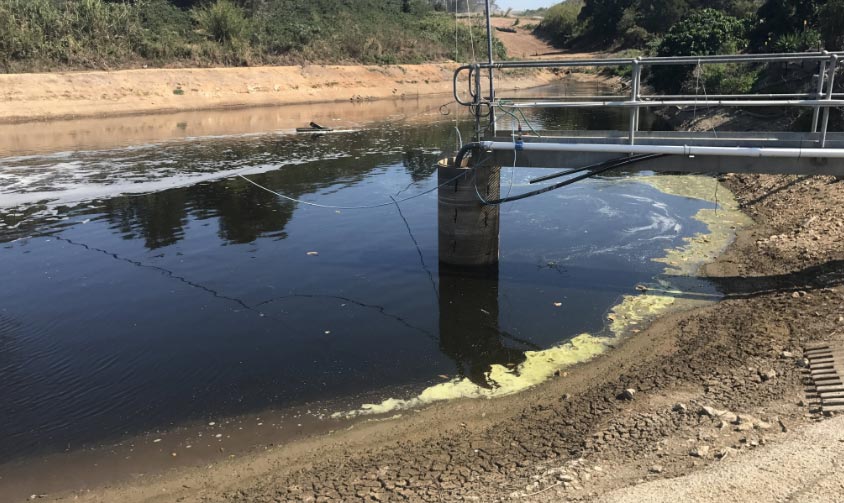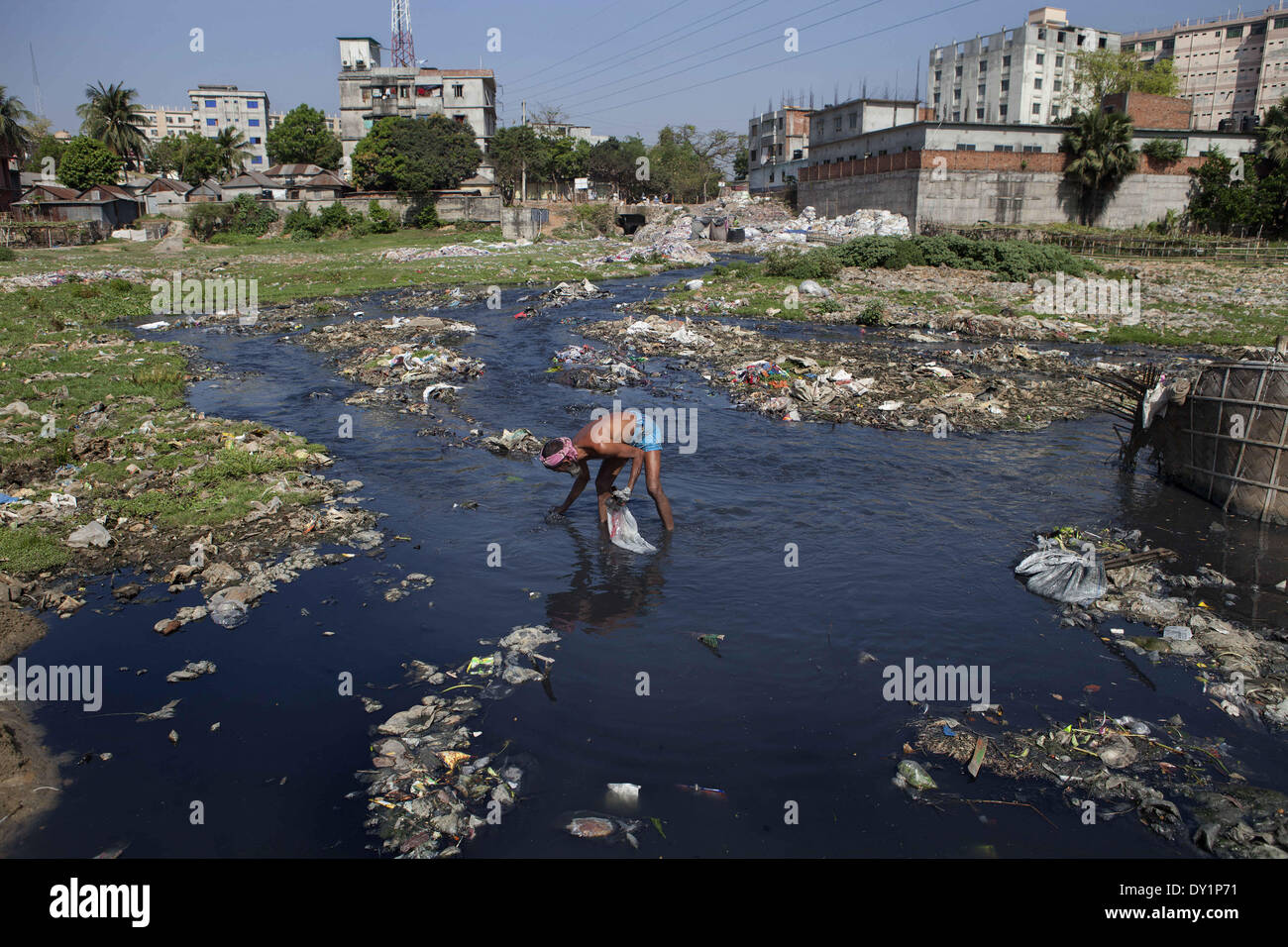Understanding the Comprehensive Process of Fluid Garbage Disposal: Ideal Practices and Environmental Impact Considerations
The management of fluid waste disposal is a multifaceted issue that needs an extensive understanding of various best methods and their linked environmental effects. From the types of liquid waste produced to the methods employed for collection, therapy, and final disposal, each step plays a critical role in securing communities and public health and wellness. As governing requirements progress and technology advances, the conversation around these processes comes to be progressively essential. What effects do these changes hold for future sustainability efforts, and exactly how can stakeholders ensure that they are appropriately addressed?
Kinds of Liquid Waste
Understanding the various kinds of liquid waste is crucial for effective management and disposal methods. Fluid waste can be generally categorized right into a number of kinds, each requiring one-of-a-kind handling and therapy strategies.
Industrial fluid waste often includes dangerous materials, consisting of hefty steels, solvents, and chemicals, produced during producing procedures. These wastes necessitate stringent governing compliance to safeguard human health and wellness and the setting. Residential liquid waste mostly refers to wastewater created from households, including sewage and greywater, which, although much less toxic, can still posture significant dangers if poorly managed.
Agricultural liquid waste, consisting of drainage from farms, often has plant foods and pesticides that can cause environmental destruction if not dealt with sufficiently. Medical liquid waste, generated from healthcare facilities, consists of infected liquids such as physical liquids and chemicals, requiring specialized disposal techniques to avoid infection and environmental contamination.
Finally, oil and oil waste, usually produced by dining establishments and vehicle sectors, can trigger serious clogs in sewage system systems if not taken care of properly. Recognizing these categories helps with targeted techniques for treatment, compliance with regulations, and effective disposal approaches, inevitably promoting ecological sustainability and public health safety.

Collection Approaches
Effective collection techniques are crucial for the appropriate management of fluid waste, making certain that it is gathered safely and successfully prior to treatment or disposal. Different strategies are utilized relying on the sort of fluid waste generated, the volume, and the certain features of the waste.
One usual technique is making use of committed collection containers or sumps, which are created to catch liquid waste at the source. These systems commonly integrate pumps that help with the transfer of waste to larger storage space containers or treatment facilities. Additionally, mobile collection devices outfitted with vacuum innovation are utilized in situations where waste is created periodically or in hard-to-reach locations.
For industrial settings, closed-loop systems can successfully decrease leaks and spills, enabling the recovery and reuse of liquid waste. It is additionally vital to train personnel on correct collection procedures to mitigate dangers connected with hazardous materials.
Additionally, carrying out routine maintenance routines for collection tools guarantees optimum efficiency and safety and security. The combination of innovative tracking systems can improve collection effectiveness by supplying real-time information on waste levels and prospective hazards. Overall, efficient collection methods are foundational to lasting fluid waste administration practices.
Treatment Procedures
Therapy procedures play a crucial function in the administration of liquid waste, changing possibly dangerous products right into safe effluents or recyclable resources - liquid waste disposal. These procedures can be broadly classified into physical, chemical, and biological approaches, each tailored to address certain pollutants present in the waste stream
Physical therapy methods, such as sedimentation and filtering, work by getting rid of put on hold solids and particulate matter. These methods are often the primary step in the treatment chain, successfully reducing the load on succeeding processes. Chemical treatments entail the use of reagents to reduce the effects of dangerous materials, precipitate heavy steels, or oxidize organic pollutants, thereby boosting the safety and security of the effluent.
Biological treatment processes, including turned on sludge systems and anaerobic digestion, profit from the natural abilities of bacteria to deteriorate raw material. These methods are especially efficient for wastewater consisting of eco-friendly contaminants. Advanced therapy modern technologies, such as membrane filtration and progressed oxidation procedures, are progressively used to achieve higher degrees of filtration.
Integrating a combination of these treatment techniques not just ensures conformity with regulatory criteria but likewise advertises ecological sustainability by recuperating beneficial resources from liquid waste.
Disposal Options
How More Help can organizations guarantee the risk-free and liable disposal of fluid waste? Effective disposal choices are vital for protecting public wellness and the atmosphere. The main content methods include land disposal, treatment, and incineration adhered to by discharge right into local wastewater systems.
Land disposal includes the cautious containment of liquid waste in marked garbage dumps, making sure that it does not seep into bordering soil or water. Incineration, on the other hand, subjects fluid waste to heats, transforming it right into ash and gases, which need correct filtering to minimize emissions. This approach is ideal for contaminateds materials that can not be treated through traditional ways.
In instances where fluid waste can be treated, organizations might select biological or chemical treatment procedures to counteract hazardous parts before discharging the dealt with effluent into community systems. This course generally aligns with regulative demands, making certain that the effluent meets security requirements.
Ultimately, companies should conduct extensive assessments of each disposal choice to identify its viability, considering aspects such as waste composition, governing conformity, and potential threats to wellness and the setting. By selecting proper disposal approaches, More Info organizations can add to a liable waste management technique.
Environmental Impact
The ecological impact of fluid waste disposal is a critical consideration for companies looking for to reduce their eco-friendly impact. Furthermore, the discharge of untreated or improperly treated waste into surface waters can result in eutrophication, leading to oxygen depletion and the succeeding fatality of fish and various other organisms.

To alleviate these effects, organizations should take on best techniques such as applying rigorous waste therapy procedures, promoting recycling and reuse, and adhering to regulatory criteria. By taking a positive method to liquid waste management, entities can considerably decrease their environmental footprint while supporting lasting advancement objectives. Eventually, an extensive understanding of the environmental influences associated with liquid waste disposal is essential for informed decision-making and responsible stewardship of natural deposits.
Conclusion
Effective administration of liquid waste is essential for protecting ecological stability and public wellness. Inevitably, a comprehensive understanding of liquid waste disposal not only mitigates ecological effects but also promotes a commitment to responsible resource management and environmental stewardship.
The administration of liquid waste disposal is a diverse issue that needs a thorough understanding of different ideal techniques and their associated ecological impacts. From the kinds of fluid waste created to the methods utilized for collection, treatment, and last disposal, each action plays a crucial function in guarding ecological communities and public health and wellness.The ecological influence of liquid waste disposal is a vital factor to consider for organizations looking for to reduce their eco-friendly footprint. Inevitably, a detailed understanding of the ecological influences connected with liquid waste disposal is necessary for informed decision-making and accountable stewardship of natural resources.
Ultimately, an extensive understanding of fluid waste disposal not just alleviates ecological impacts but also fosters a commitment to accountable resource management and ecological stewardship.